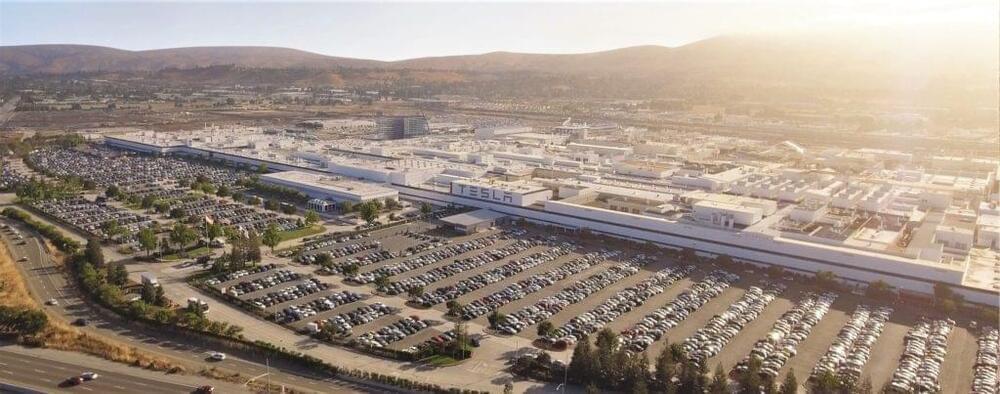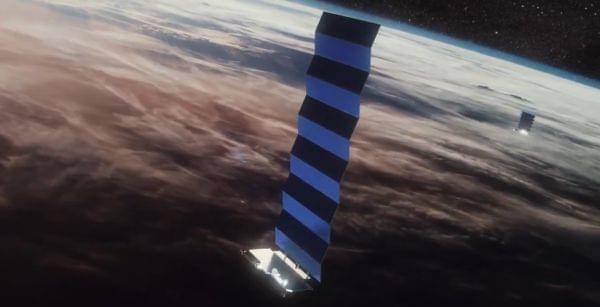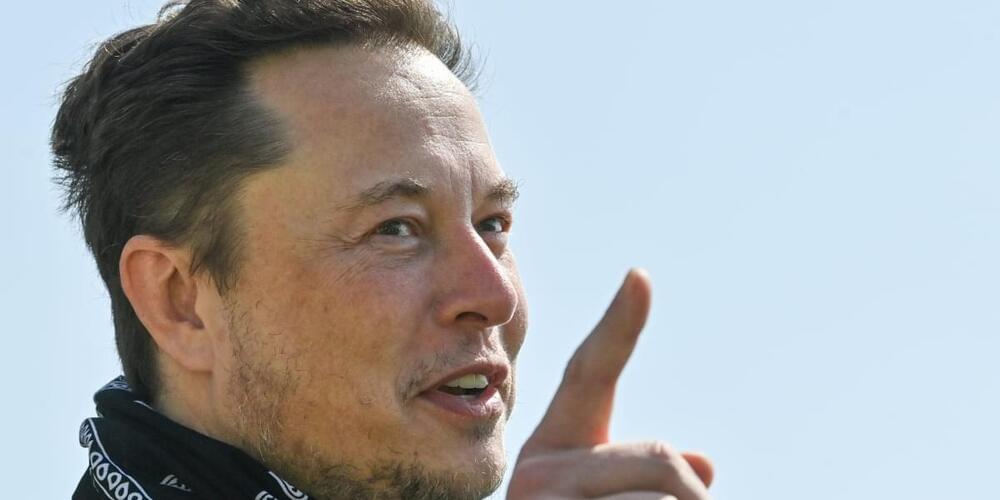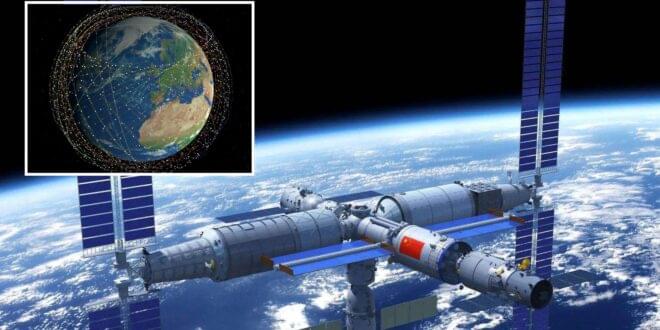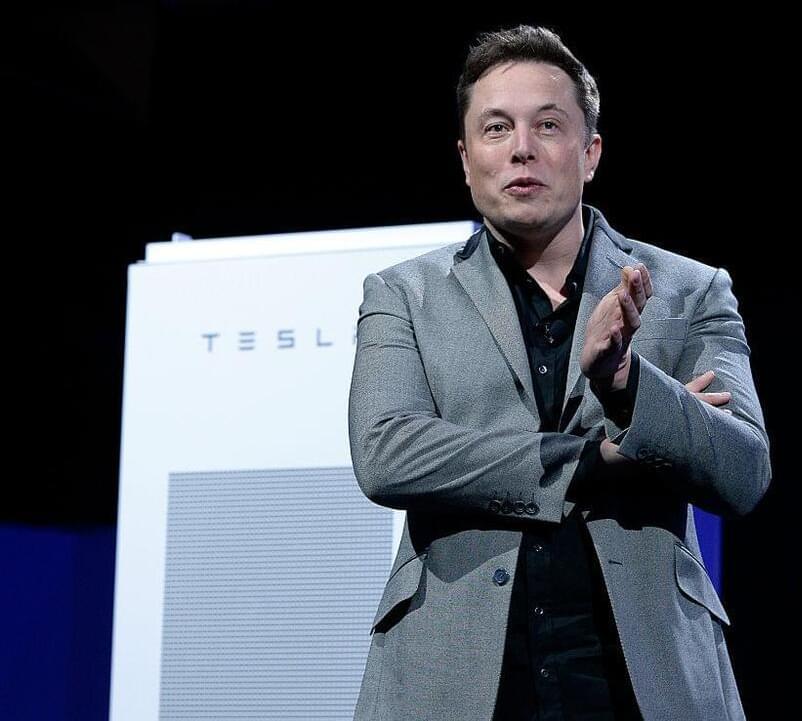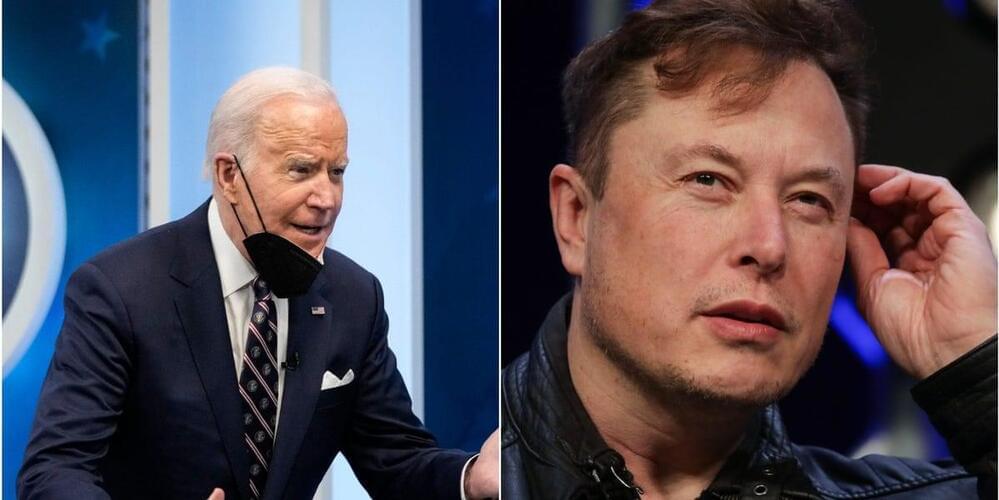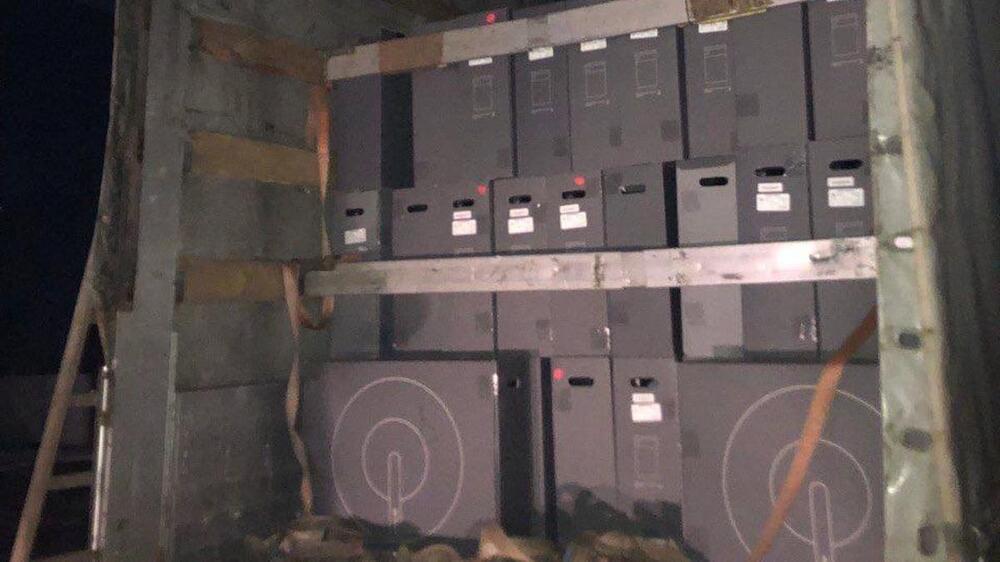Tesla’s Fremont Factory could have its production capacity increased, according to CEO Elon Musk. Tesla is “considering expanding [Fremont] significantly,” Musk said in a Tweet last night.
Following Musk’s heavily publicized jab at President Joe Biden on Tuesday night for not mentioning Tesla in the State of the Union Speech with the likes of Ford and GM, who received Biden’s praise for electric vehicle projects resulting in employment opportunities. While Biden commended Ford for $11 billion invested and 11,000 new jobs and GM for $7 billion and 4,000 new employment opportunities in Michigan, Musk hit back with a valid point.
“Tesla has created over 50,000 US jobs building electric vehicles & is investing more than double GM + Ford combined,” he said, alerting “the person running this account” to give Tesla more credit.
